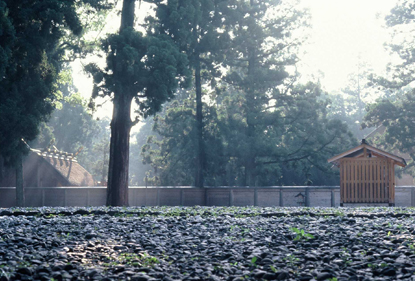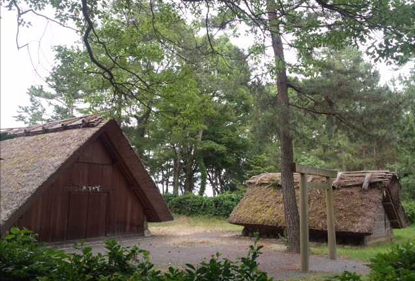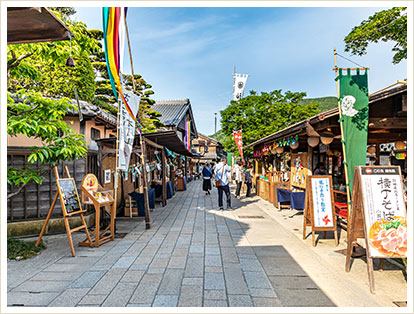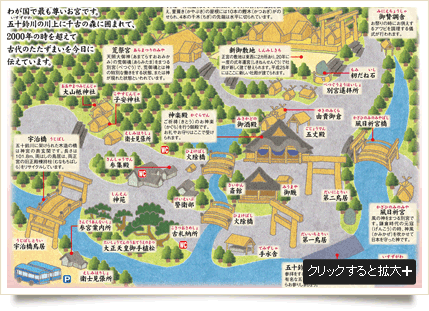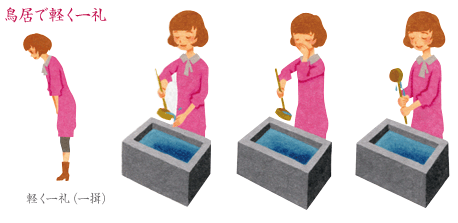Ise Shrine Tours & Travel

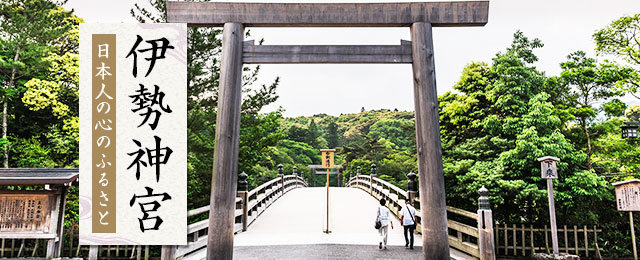
Ise Jingu (Inner Shrine / Outer Shrine) Tour/Travel Club Tourism. Also known as "Ise-san" and "Daijingu-san", it is the "Jingu" of Ise, the hometown of the heart of Japan. It's also easy to book a tour.
A spiritual home for the Japanese people that has remained unchanged for 2000 years
Ise Shrine
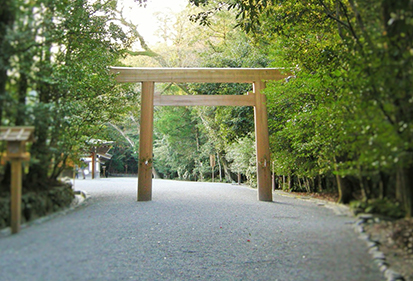
皇大神宮第二鳥居〔神宮司庁〕
伊勢神宮とはどういった「場所」か?
「古事記」や「日本書紀」で最も尊い神とされる天照大御神が祀られ、日本の皇室が今も変わらずにその天照大御神の祭祀を続け、かつ式年遷宮という「つなぐ、伝える」伝統が生きている、日本人にとって特別の聖地が伊勢の「神宮」です。
分かり易く言えば「普段は猫背の私の背筋がスッと伸びる場所」であり、神々の生活と人々の生活が昔から共存する日本人のこころのふるさとです。
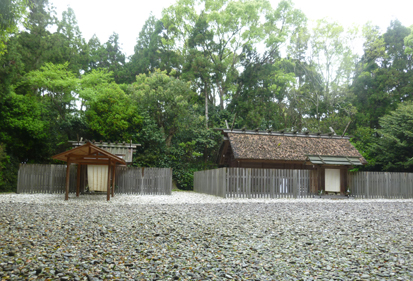
別宮・神麻続機殿神社
天照大御神(あまてらすおおみかみ)を補佐する多くの神々
天照大御神が伊勢の国に鎮座されてから約500年後には丹波の国から食事を司る神として豊受大御神が迎えられました。こうして天照大御神を祀る内宮と豊受大御神を祀る外宮が成立しましたが、内宮には10ヵ所、外宮には4ヶ所の別宮もあり、さらに109社の摂社・末社・所管社があって、全部で125社の神社群で構成されるのが伊勢の「神宮」です。
伊勢の国には天照大御神が祀られる以前から、人々の生活を支える多くの地元の神様が祀られており、神宮を形成する摂社や末社はこれらのもともと伊勢の地に祀られていた神様たちです。さらに天照大御神が生活する上で必要な衣食住にかかわる神様も祀られるようになりましたが、これが現在の所管社です。
すなわち、伊勢の「神宮」は自然の中に様々な神を祀り、その恵みの中で生活してきた日本人の暮らしの原型なのです。

神嘗祭〔神宮司庁〕
「神宮」恒例のお祭り
「神宮」の古式を守ったお祭りは、現代人が忘れかけた祖先や自然に感謝する念を思い起こさせてくれます。
特に神宮で最も重要な祭りである神嘗祭は、自然の恵みに感謝する1年で最も盛大なお祭りで、今も平安時代とほぼ同じ形式で執り行われています。神宮の祭りは1年を通してこの神嘗祭に関わるものが多く、4月の「神田下種祭」、5月の「神田御田植初」、9月の「抜穂祭」などがあり、こうした神事を重ねて豊作の秋を迎えた10月、外宮は16日、内宮では17日を中心として新年を迎える気分で神嘗祭が執り行われるのです。

新御敷地多賀宮
式年遷宮とは
社殿を造り替える20年に一度の大祭
伊勢神宮では20年に1度、神さまをまつる社殿を建て替え、御神体をお遷しする式年遷宮(しきねんせんぐう)が行われます。全国の神社でも本殿を修繕したり、新しくする遷宮、遷座は行われますが、伊勢神宮の大きな特徴は、社殿を建てる地が二つあるということです。東から西へ、西から東へ。伊勢の神さまは20年ごとにうつることを繰り返してきたのです。式年遷宮のクライマックスは、御神体を新しいお宮にうつす遷御(せんぎょ)の儀です。けれど、その儀式だけではなく、遷宮諸祭という、30あまりを数えるお祭りや行事を重ねていくのです。


